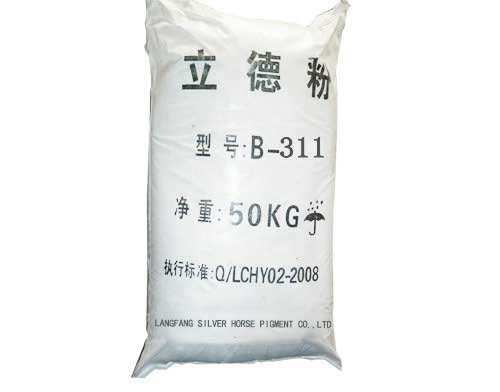
Nov . 11, 2024 00:30 Back to list
Wholesale High Purity Anatase Nano TiO2 for Various Industrial Applications
Understanding Wholesale Anatase Nano TiO2 A Comprehensive Overview
Anatase titanium dioxide (TiO2) in its nano form is rapidly gaining traction in a variety of industries, thanks to its exceptional properties and versatility. When we narrow our focus to wholesale anatase nano TiO2, we delve into aspects concerning its production, applications, market dynamics, and overall significance in today's technological landscape.
What is Anatase Nano TiO2?
Titanium dioxide exists in three primary crystalline forms rutile, anatase, and brookite, with anatase being particularly renowned for its high photocatalytic activity and excellent UV absorption capabilities. When we talk about nano TiO2, we refer to its diminutive size, typically in the range of 1 to 100 nanometers. This nanoscopic dimension bestows specialized properties such as enhanced surface area and reactivity, making it suitable for advanced applications in pharmaceuticals, environmental remediation, and materials science.
Production and Properties
The production of anatase nano TiO2 can be achieved through several methods, including sol-gel processes, hydrothermal synthesis, and spray pyrolysis. Each method can be optimized to control particle size, morphology, and crystal structure, thus tailoring the material for specific applications.
The unique properties of anatase nano TiO2, such as its photocatalytic ability, high refractive index, and chemical stability, lend it to numerous applications. For instance, in photocatalysis, it decomposes organic pollutants under UV light, which can be utilized in water treatment and air purification systems. Additionally, its application in sunscreens and cosmetics reduces UV exposure, thereby protecting skin from damage.
Applications
The versatility of wholesale anatase nano TiO2 extends to various industrial applications
1. Environmental Remediation The ability to decompose organic materials through photocatalysis positions it as an effective agent in water purification systems, breaking down harmful substances into less toxic components.
wholesale anatase nano tio2

2. Coatings and Paints Due to its high refractive index and strength, nano TiO2 is used in paints and coatings to enhance durability, UV resistance, and whiteness. The robustness of such coatings makes them ideal for outdoor applications.
3. Plastics and Polymers Adding anatase nano TiO2 to plastics can improve their mechanical properties and UV resistance, making them useful in various consumer goods ranging from outdoor furniture to automotive parts.
4. Health and Cosmetics In cosmetic formulations, anatase nano TiO2 acts as a UV filter, providing protection against harmful solar radiation, while its stability and safety profile make it suitable for personal care products.
5. Electronics Owing to its semiconductor properties, it is also used in electronic devices, sensors, and photocatalytic systems.
Market Dynamics
The market for wholesale anatase nano TiO2 is witnessing significant growth driven by rising awareness of environmental sustainability and stricter regulations on pollutant emissions. Industries are increasingly aiming to adopt eco-friendly materials to comply with regulations and meet consumer demands for sustainable products. As a result, manufacturers are focusing on scaling up production and reducing costs related to the synthesis of anatase nano TiO2 without compromising its quality.
Moreover, the global shift toward renewable energy sources is also expected to bolster demand for titanium dioxide as it plays a pivotal role in the development of solar cell technologies.
Conclusion
Wholesale anatase nano TiO2 represents a nexus of innovation and functionality across numerous sectors. Its unique nanoscale properties open the door to advanced applications, reflecting the material's significance in combating environmental challenges and enhancing product performance. As industries continue to explore the potential of nano TiO2, its applications are likely to expand, further solidifying its role in shaping a more sustainable and technologically advanced future. By understanding its characteristics, production methods, and applications, stakeholders can better navigate the market and optimize the use of this remarkable material.
-
Premium 6618 Titanium Dioxide for GPT-4 Turbo Applications
NewsJul.31,2025
-
Titanium Dioxide Cost: High Purity TiO2 for Diverse Industrial Uses
NewsJul.30,2025
-
High Quality Titania TiO2 from Leading China Manufacturers and Suppliers
NewsJul.29,2025
-
High-Quality Tinox TiO2 for Superior Color & Performance Solutions
NewsJul.29,2025
-
High Quality Titania TiO2 from Leading China Supplier & Manufacturer
NewsJul.29,2025
-
High-Performance r6618 TiO2 for Superior Whitening and Versatility
NewsJul.28,2025
